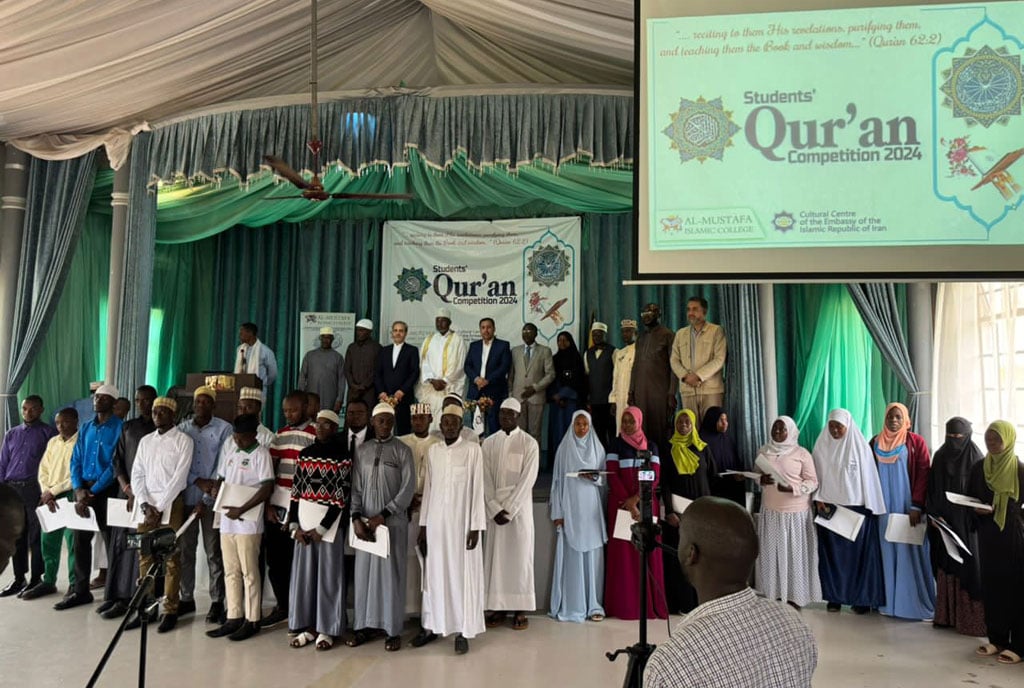Prime
West Nile roads in sorry state despite govt pledge for repairs

A section of the Nebbi-Goli-Paidha road at Jukia hill in Nebbi District that was washed away by rain. This section is a black spot that has claimed lives of several traders and motorcyclists plying the route. PHOTO FELIX WAROM OKELLO.
West Nile- West Nile roads remain in a sorry state despite promises by the central government and President Museveni to have them repaired.
During the 2015 presidential campaigns, President Museveni committed to tarmac more roads in West Nile connecting Arua, Moyo, Yumbe, Adjumani and Atiak districts, particularly Koboko-Yumbe highway.
His reasoning was that the people of West Nile would tap into the infrastructural development to improve their economic status.
Some of these roads have, however, turned into death traps and a nightmare to both travellers and motorists.
The situation is exacerbated by the current heavy rains that have made the roads impassable.
Mr Kaahwa Fenehansi, a truck driver who plies many roads in the sub-region, re-counts how he spent a week commuting from Mombasa via Nebbi-Goli Customs road on his way to Mahagi town in the Democratic Republic of Congo, (DRC), owing to the bad roads that have existed for decades.
The 1,460 kilometre distance would ideally take a senior motorist four days to travel to the same destination on a good road.
He was to deliver fuel but failed to make it on time.
The tarmacked road ends around the main round-about near Stanbic Bank in Nebbi Town.
The road is prone to accidents and traders incur huge losses as their perishables rot away before they reach their final destinations.
“This government should think of grading this road because we make a lot of losses yet we are not compensated. Each time you must negotiate for a better path to avoid bends and potholes in the roads and sometimes you blunder and the car overturns,” he said.
The road connecting to DR Congo is used for transporting agricultural and fuel products from Mombasa. It is economically viable for cross-border trade.
Truck drivers spend several hours on the 66 kilometre-stretch from Nebbi Town to Mahagi Town.
“The delays on the roads eat into my travel allowance because within three days, I have to part with some huge amount of money to pay local residents whom I hire to lend a hand in pushing the truck in case it is stuck in a trench. It is a big dilemma for us drivers,” Mr Fenehansi said.
During the rainy season, the stretch from Nebbi-Goli-Paidha-Nyapea-Warr to Vurra becomes impassable. The road is narrow and with gullies. It turns muddy during the rainy season and is extremely dusty during dry seasons.
In the 1990s, road surveys were conducted on the Nebbi-Goli-Paidha road to pave way for tarmacking, but this has not been done for decades now. The black spot on Jukia hill has claimed lives of several traders and motorcyclists plying the route. This happens mainly when drivers and cyclists try to dodge potholes.
In August last year, three family members, all residents of Jupachora clan in Jupangira parish Nebbi Sub-county, Nebbi District, perished at Jukia hill after the truck they were travelling in overturned.
From February to June 2013 alone, police registered more than 20 accidents on Nebbi-Paidha road and most of them being fatal.
When such accidents occur, thugs take advantage of the situation to loot the accident victims and survivors.
During the 32nd Liberation Day celebrations in Arua, President Museveni reiterated the need to tarmac most of the ungraded roads in the sub-region.
Speaking during the inspection of the roads and bridges recently, the Uganda National Roads Authority executive director, Ms Allen Kagina, said most of the wooden bridges on the several roads in the sub-region have become dangerous to users.
“We have a plan to replace 10 wooden bridges across the sub-region, work on the roads and also get a ferry for the case of Rhino Camp linking to Amuru. Some of the bridges are near completion, while others are undergoing designs,” she said then.
As a way of saving the Nebbi-Goli-Paidha road from wearing out, the district authorities opened up Nebbi-Kei-Goli road in 1999 as a diversion for cars to use. The Nebbi-Kei-Goli road is not suitable for trucks due to its undulating terrain, which makes it easy for trucks to overturn.
Meeting the President
The Zombo District chairperson, Mr John Urwiny, leaders from West Nile, who met President Museveni in 2016 at his home in Rwakitura, spoke about the bad state of roads, which he promised to rehabilitate.
“We told him (Museveni) that we want the unfulfilled pledges of tarmacking and upgrading of roads from Nebbi-Goli to Zombo and Vurra and then Pakwach-Panyimur-Wadelai-Rhino Camp-Kia-Kia and Atiak, Adjumani, Moyo-Afoji to Koboko,” Mr Urwiny said.




